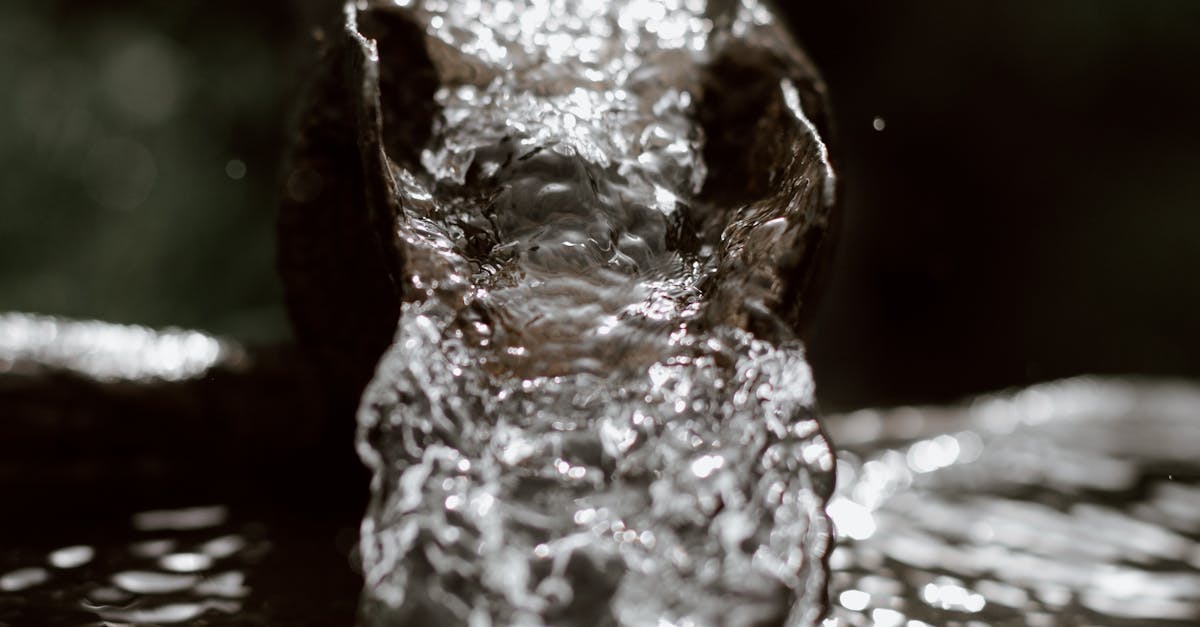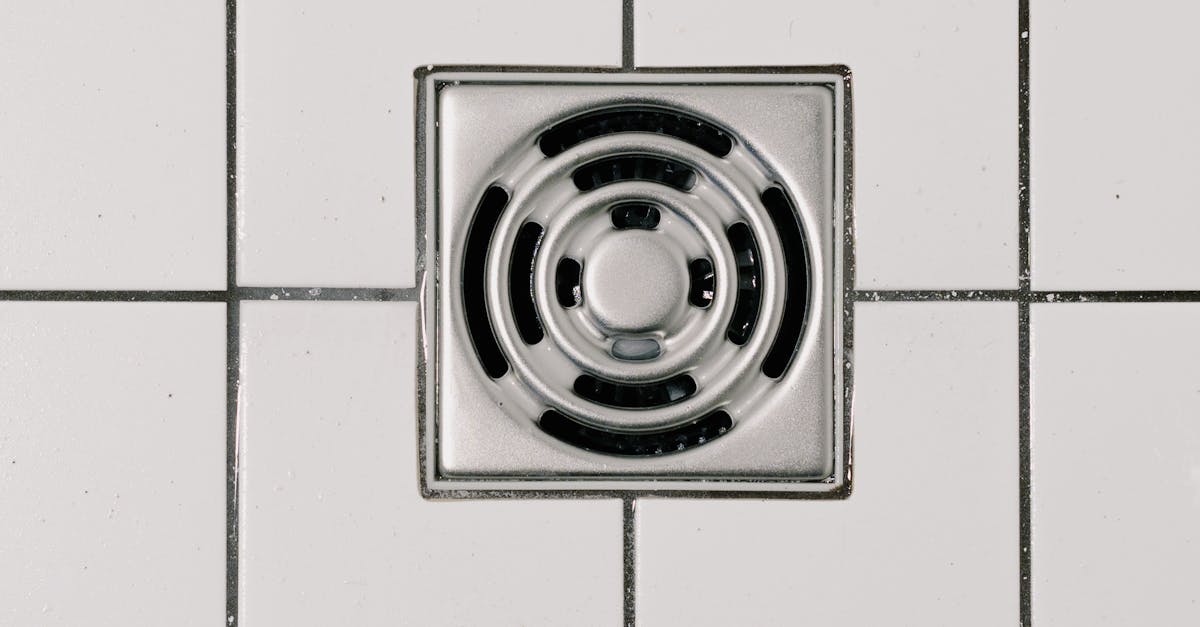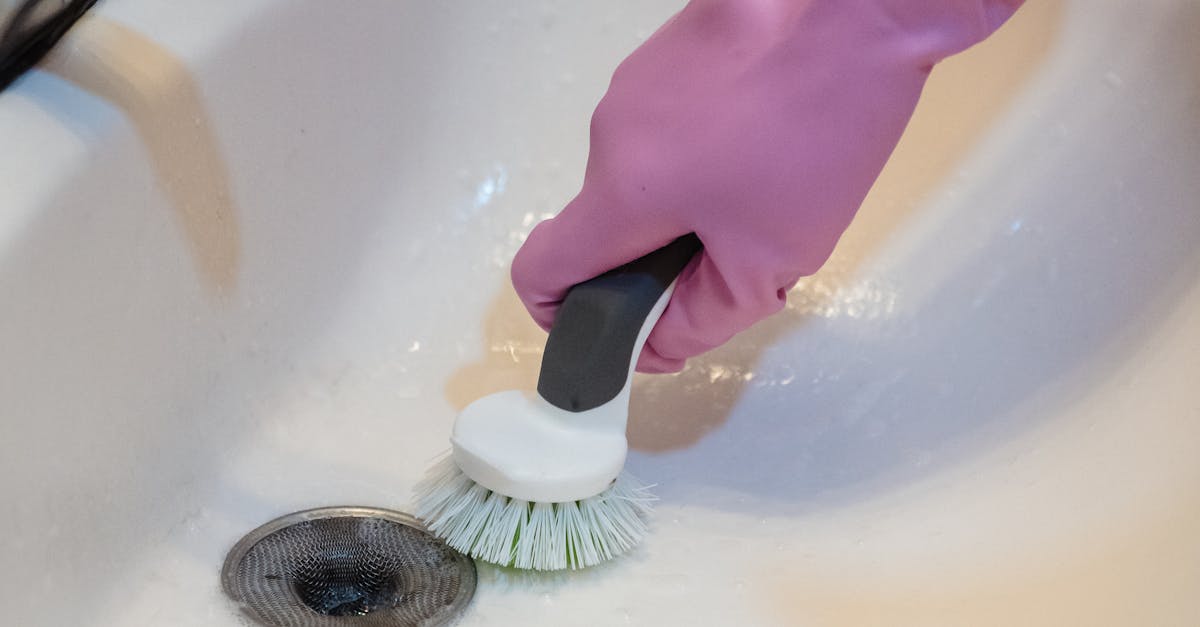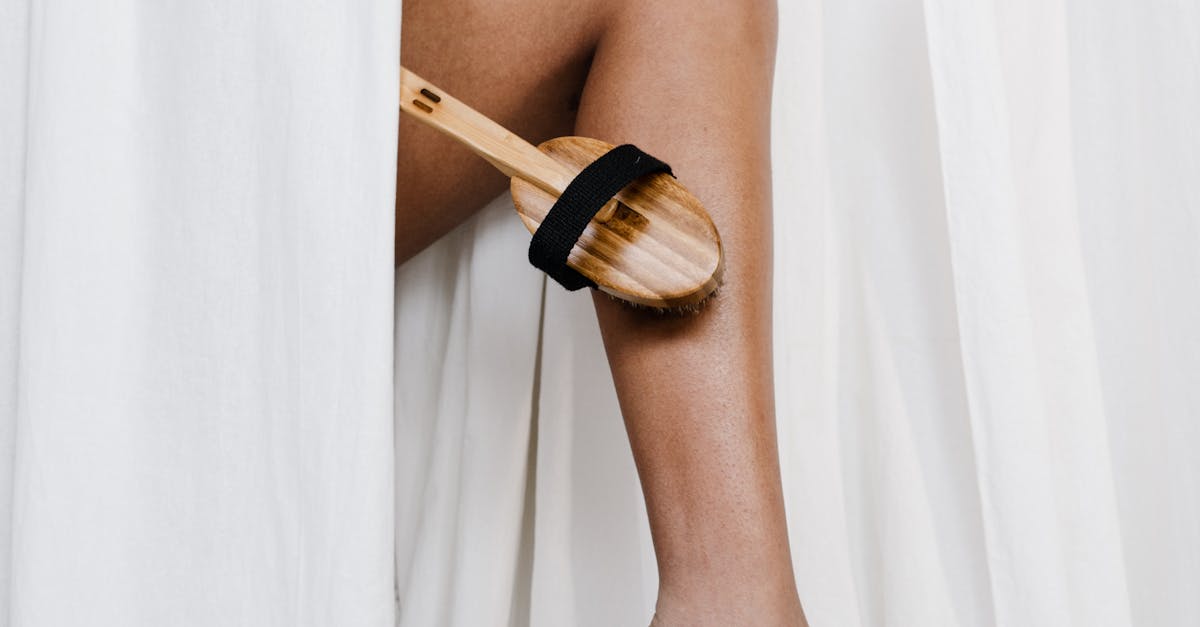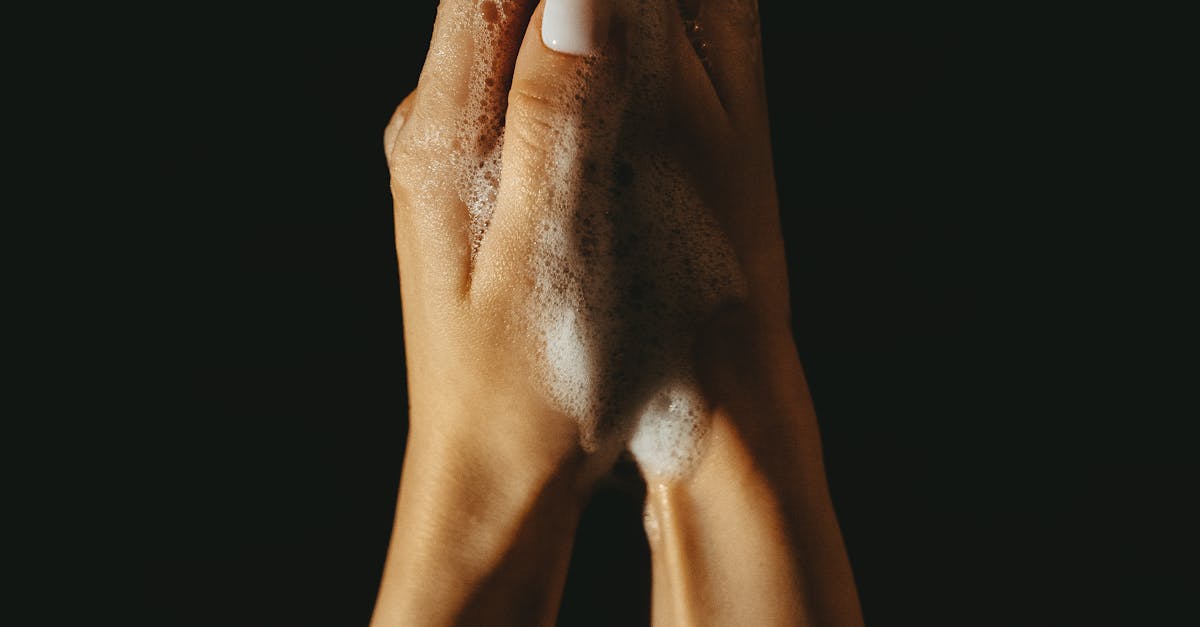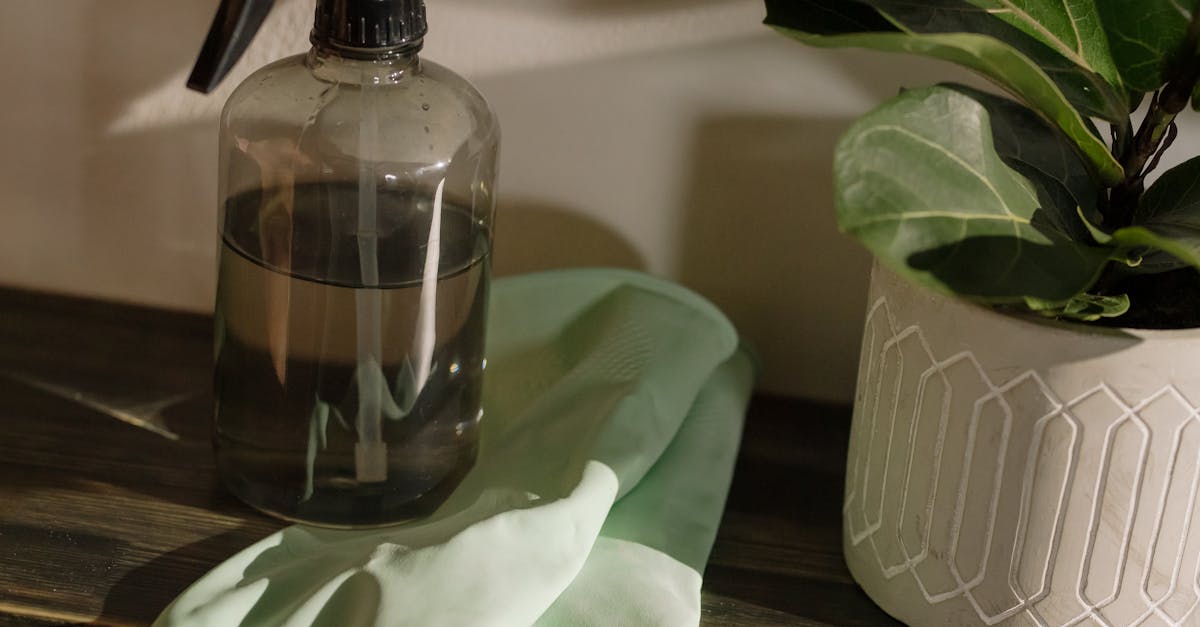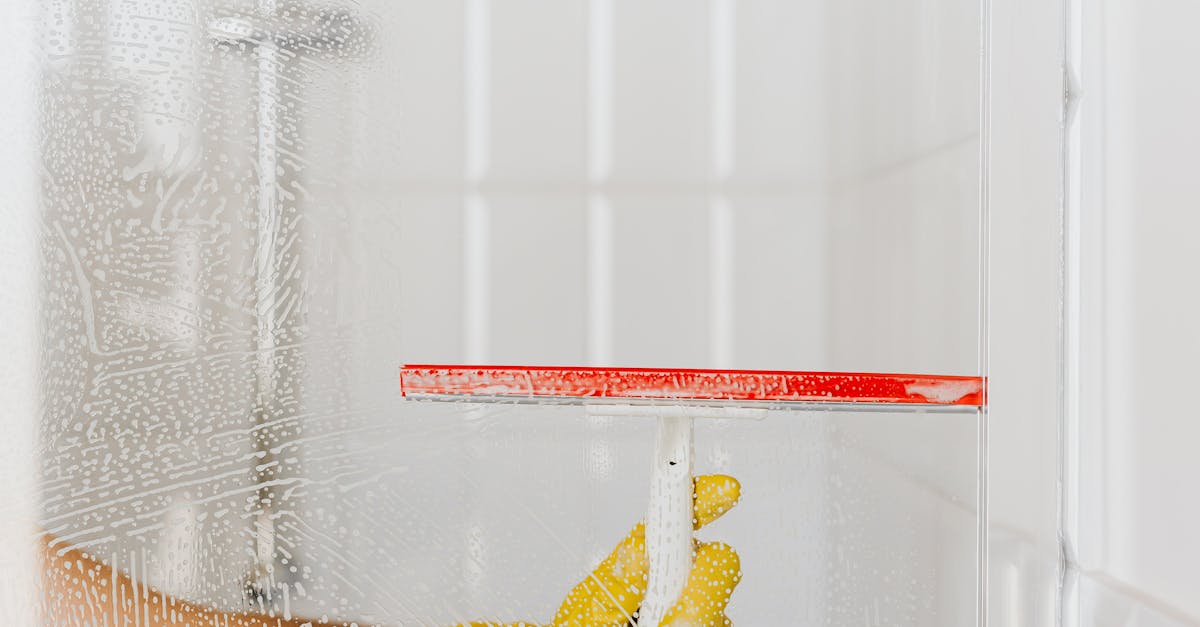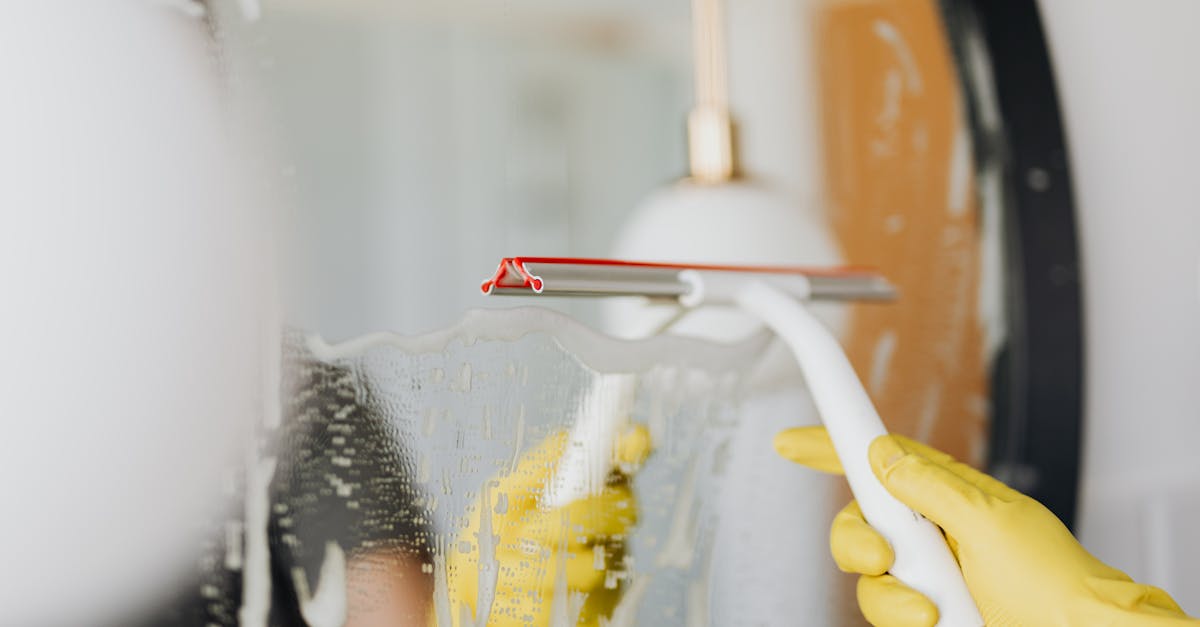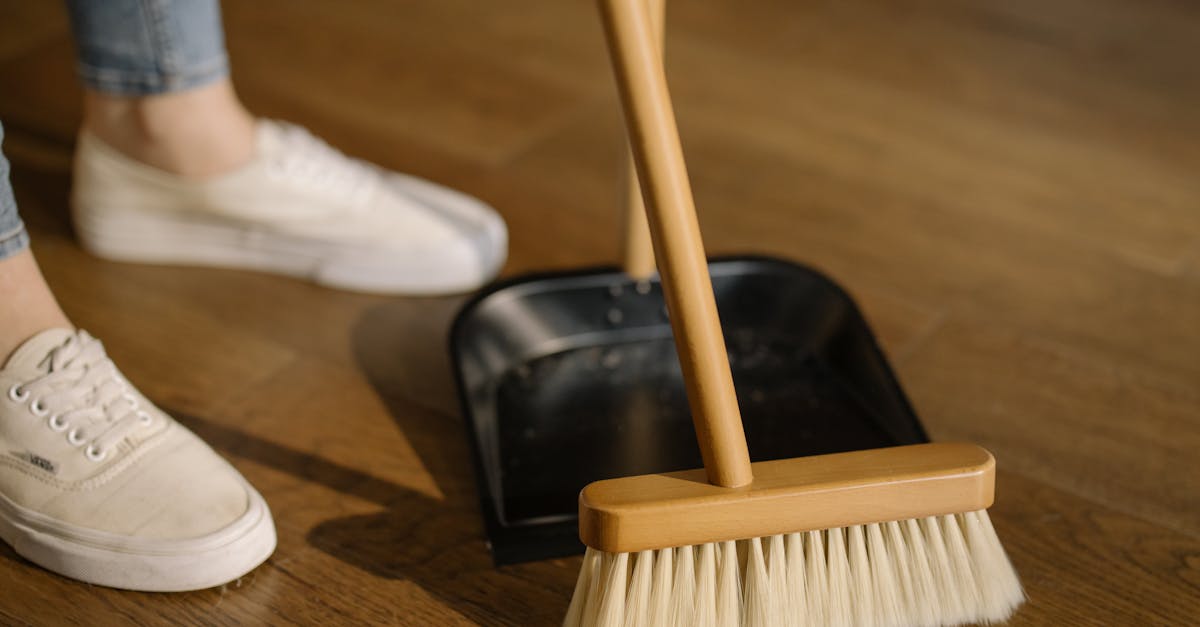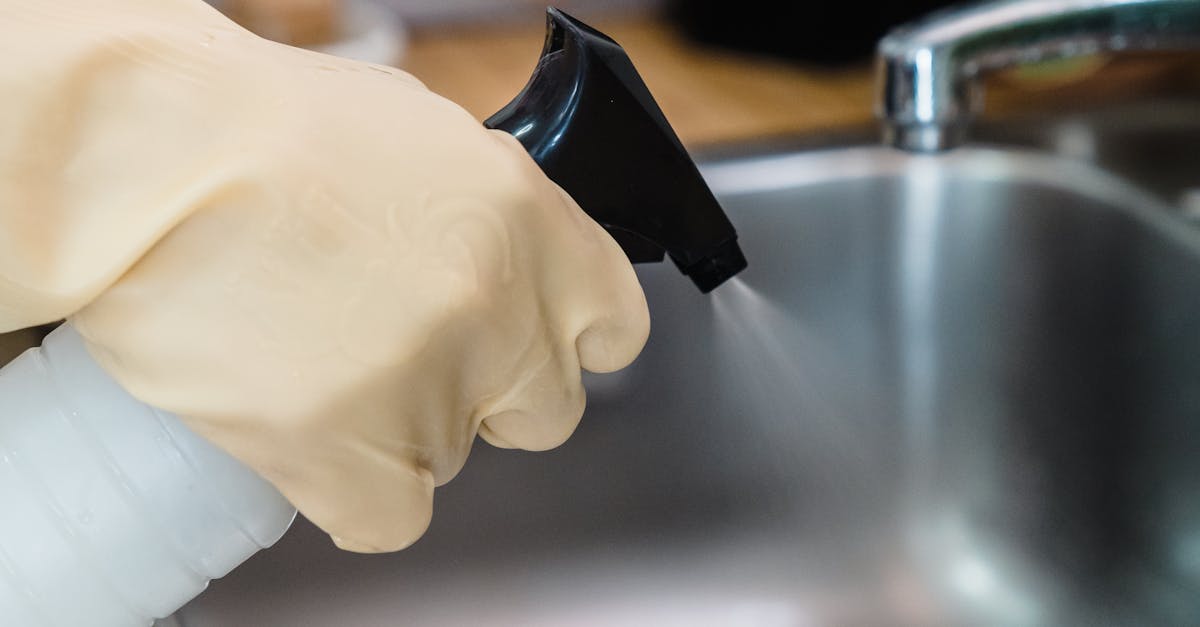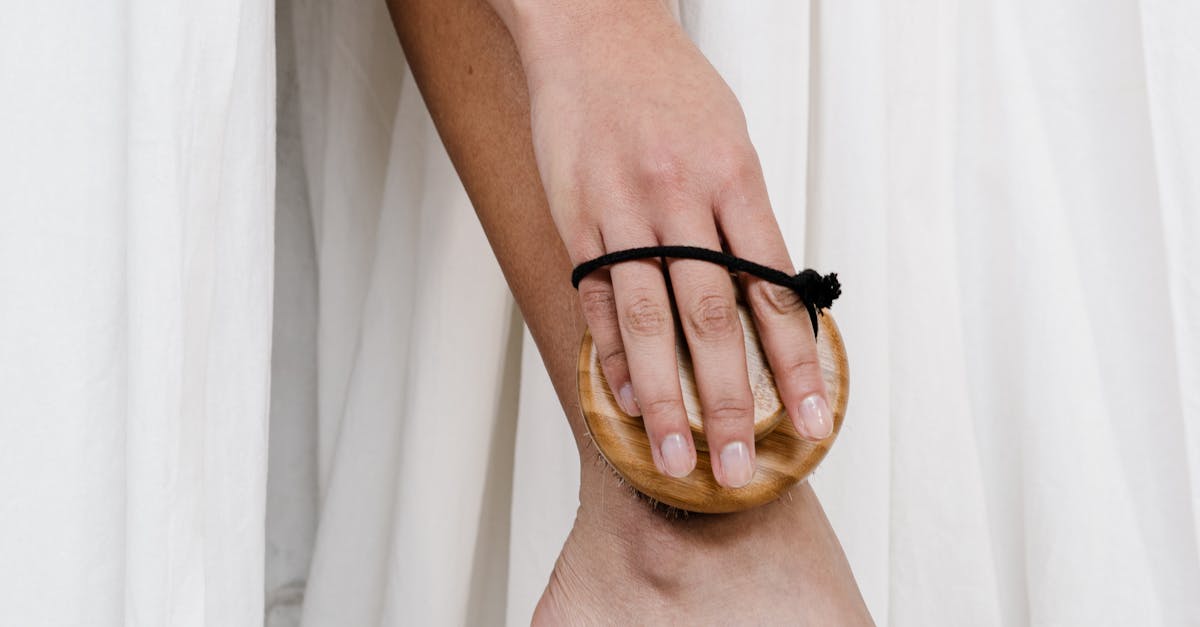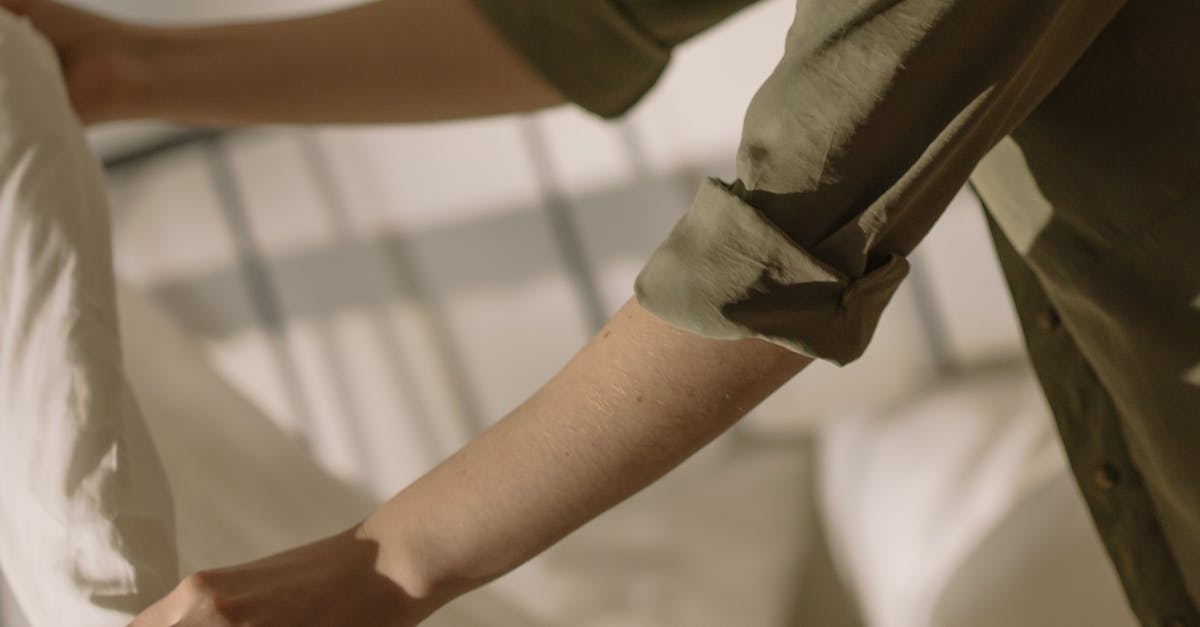
Table Of Contents
Installing the New Sink
When preparing for your new sink installation, start by ensuring that the area around your old sink is clear and ready for the task. Disconnect the water supply lines and drain pipes carefully. Use a bucket to catch any residual water during this process, as it can lead to a messy situation. Once everything is disconnected, measure the sink cavity to ensure your new sink will fit seamlessly into the existing space.
Next, position the new sink into the counter cut-out. It should rest evenly without any rocking. Secure it in place according to the manufacturer’s instructions. Make sure to follow guidelines for sink installation and repair, paying attention to any clips or brackets necessary for stability. Proper alignment is crucial to prevent future issues such as leaks or drainage problems.
Detailed Guide to Proper Installation
Before beginning the installation, it is essential to gather all necessary tools and materials. This includes the new sink, mounting brackets, a plumber's putty, and adjustable wrenches. Ensure that the countertop is clean and free from debris. If you are replacing an existing sink, turn off the water supply and disconnect the plumbing lines. Carefully remove the old sink, taking care not to damage the countertop. Once the space is ready, apply a bead of plumber’s putty around the edge of the new sink to create a watertight seal, ensuring that it will sit securely in place.
When positioning the sink, align it with the cut-out in the countertop. Press down firmly to ensure proper adhesion to the putty. Next, secure the sink using the mounting brackets provided by the manufacturer. It's crucial to follow the specific instructions included with the sink for sink installation and repair, as the installation method can vary between models. After securing the sink, reattach the plumbing fixtures, including the faucet and drain, making sure all connections are tight. Check for any signs of misalignment or gaps that may lead to leaks, as proper installation is vital for long-term functionality.
Connecting the Plumbing
After installing your new sink, the next step involves connecting the plumbing. Begin by attaching the water supply lines to the faucet. Ensure that the fittings are tightened securely, as this will help prevent any leaks in the future. Use adjustable pliers when tightening connections for a firm grip. It's crucial to use the correct size and type of fittings to match your existing plumbing system for a seamless transition.
Once you’ve secured the water supply lines, focus on connecting the sink's drainpipe. Align the drain assembly with the sink's drain hole and secure it in place, ensuring that all gaskets and washers are properly fitted. Doing so not only aids in a secure installation but also mitigates potential issues down the line. When undertaking sink installation and repair, patience and careful attention to detail will yield the best results.
How to Hook Up Water Supply Lines
To hook up the water supply lines after your sink installation and repair, start by identifying the hot and cold water supply valves. Typically, the hot water valve is on the left and cold on the right. Use adjustable pliers or a wrench to loosen the nuts that connect the existing lines to the old sink if they are still in place. Make sure to have a bucket underneath to catch any drips that may occur during the disconnection process.
Next, carefully position the new sink, ensuring that the supply lines can reach the respective connections. Attach the supply lines to the sink’s hot and cold inlets. Be cautious not to overtighten, as this may damage the threads or cause leaks. Once everything is in place, turn on the water supply valves slowly to check for leaks. If all is secure, you can proceed with the final steps in the installation process.
Sealing and Finishing Touches
After securing your new sink in place, it's essential to focus on sealing to prevent leaks and ensure a long-lasting installation. Begin by applying a quality silicone sealant around the edges where the sink meets the countertop. This not only provides a watertight barrier but also enhances the overall appearance of the kitchen. Make sure to smooth the sealant with a damp finger for a clean finish. It’s advisable to allow the sealant to cure fully according to the manufacturer's instructions before using the sink.
In addition to sealing, double-check that all plumbing connections are snug and secure. Inspect the drain assembly and water supply lines to confirm there are no loose fittings, as sink installation and repair can become more challenging with leaks over time. Once everything is tightened, turn the water supply back on and test for any leaks. Observing the sink during its initial use will help you identify any missed spots or potential areas of concern that require further attention.
Ensuring a LeakFree Fit
To achieve a leak-free fit during your sink installation and repair, it is crucial to check the connections thoroughly. Start by inspecting all the joints where pipes connect to the faucet and drain. Make sure to use plumber's tape on threaded connections to provide an added layer of sealing. Ensure that rubber washers are properly positioned and are in good condition to prevent any leaks at the fixture sites. Tighten all fittings securely, but be cautious not to overtighten, which could lead to damage.
After completing the connections, it's wise to conduct a thorough leak check. Run water through the sink and observe all areas for any signs of dripping or moisture. If leaks are detected, carefully tighten the affected fittings or apply additional plumber's tape as required. Taking these final steps will enhance the integrity of your setup and guarantee a functional, water-tight installation. Regular maintenance checks post-installation will further safeguard against unexpected leaks in the future.
FAQS
Is it difficult to change a kitchen sink myself?
Changing a kitchen sink can be a moderate DIY project, depending on your experience with plumbing and home improvement. With the right tools and instructions, many people are able to successfully install a new sink on their own.
What tools do I need to replace my kitchen sink?
Common tools required for replacing a kitchen sink include a basin wrench, adjustable wrenches, screwdrivers, a putty knife, and a tape measure. You may also need plumber’s tape and silicone sealant for proper installation.
How do I know if my new sink will fit the existing space?
To ensure your new sink fits, measure the dimensions of your current sink and compare them with the specifications of the new sink. Also, consider the depth of the sink and the cabinet underneath to ensure adequate space.
Do I need to turn off the water supply before changing my sink?
Yes, it is essential to turn off the water supply before starting the replacement process. This will prevent any water leaks or spills during the installation.
What should I do if I encounter a leak after installing the sink?
If you notice a leak after installation, check all connections for tightness and ensure that seals and gaskets are properly installed. If the issue persists, you may need to disassemble the connections and reapply plumber’s tape or replace any faulty components.


